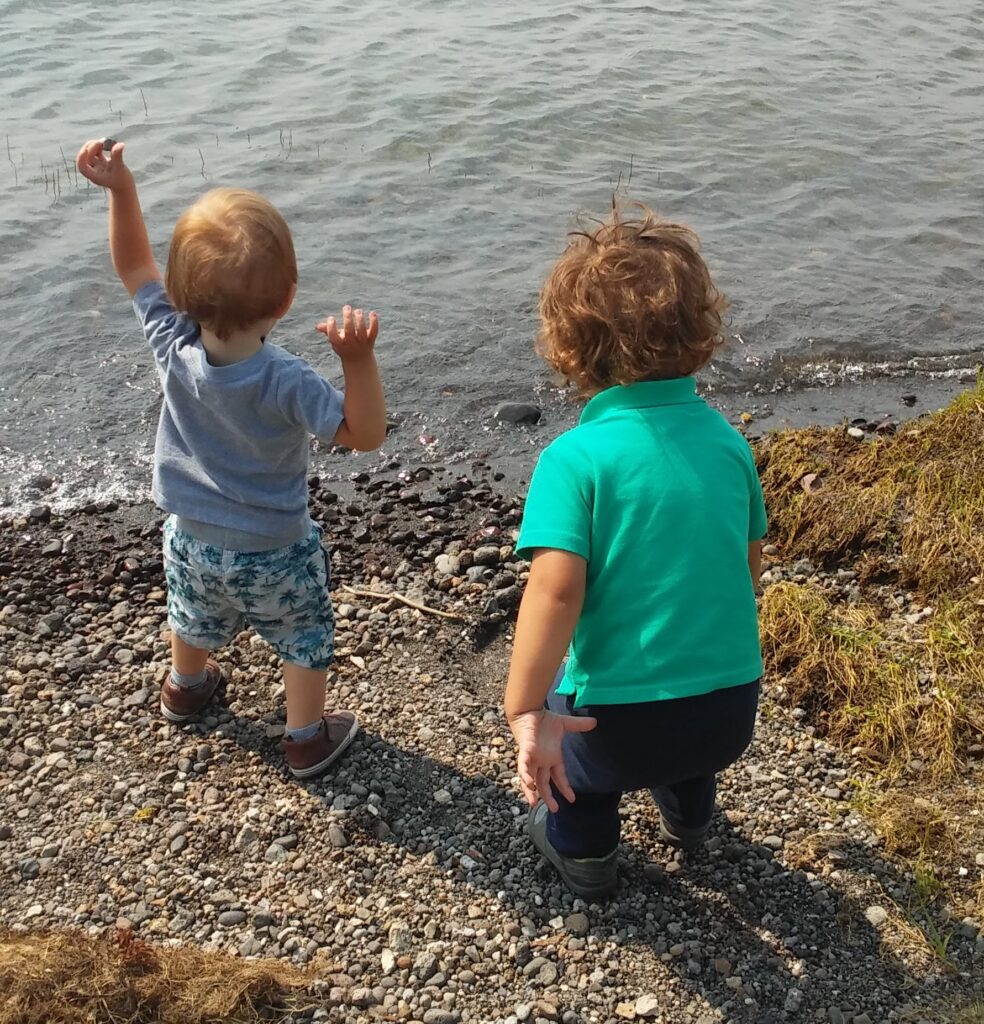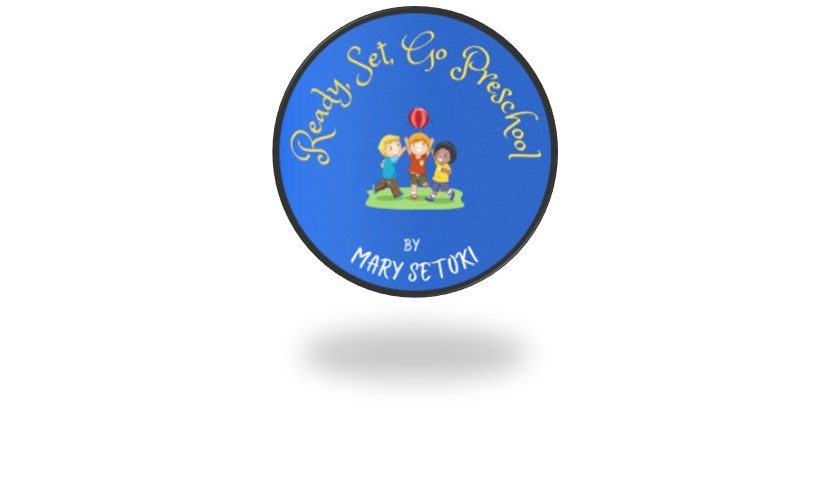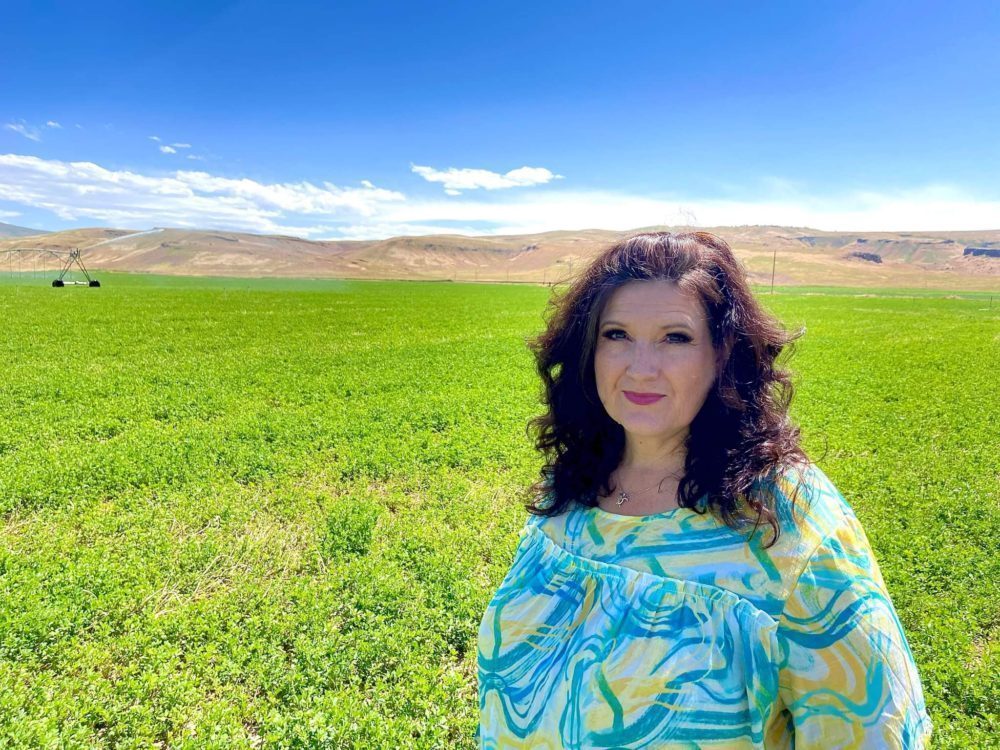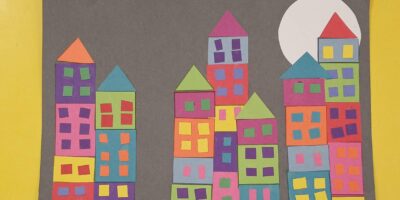What is Spatial Awareness?
What does spacial awareness mean? Why is spatial awareness important for preschoolers? In general, Spacial awareness is your ability to know where your body is in space and to be able to navigate around objects or people around you. Spatial awareness is an important skill for preschoolers to develop. Some spatial awareness examples would be: respecting other children’s personal space, being about to walk and run around other children and objects without running into them, understanding prepositions, and being able to follow directions that include prepositions.
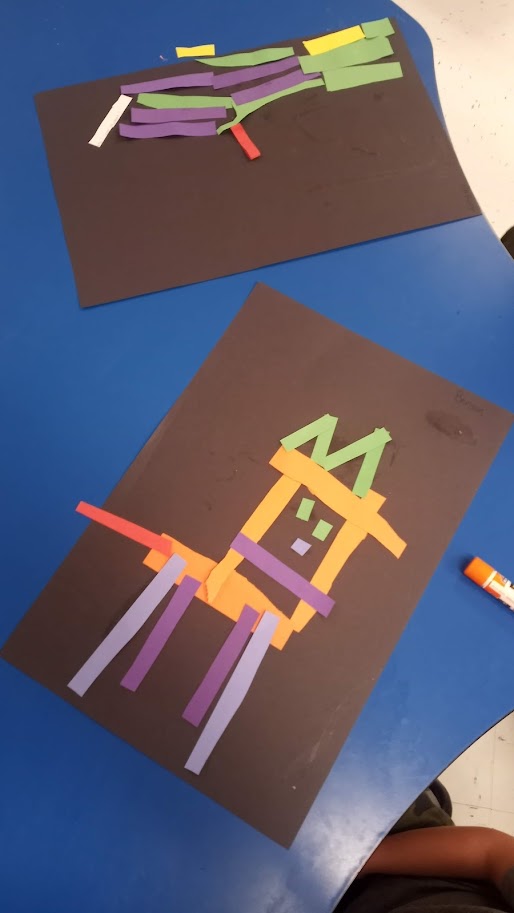
Ways to Help Kids Develop Good Spatial Awareness
Physical activities and games such as making an obstacle course, playing tag, and bouncing and catching a ball to name a few are all great practices for moving in different ways in space. Another activity is to have children look for hidden objects in the classroom or outside, by following your directions. “The ball is under the round table”. Having children give directions to other children where to find a hidden object. Learning and using prepositions to tell where something or someone is, will help develop spatial awareness skills. Spacial awareness can also be practiced as children participate in art activities. Learning to use the space given on a piece of paper, know where the edges are, and be able to stay in that space given (a sheet of paper), helps children learn about boundaries. Children need to learn about boundaries and personal space so that they can respect others’ boundaries and personal space.
Spatial Awareness and How it Relates to the Areas of Learning and Development
Different professionals and different curriculums name the areas of learning and development and/or catergorize them differently. For this blog I will use the commonly accepted areas of: Social Emotional Learning, Physical, Language, Cognitive, Literacy, Mathematics, Science and Technology, Social Studies and the Arts (music, dance and art).
Social Emotional Learning:
Children learn about boundaries and personal space and how to respect others boundaries and personal space.
Physical:
Physical activities and Games in which children need to move around other objects or people without bumping into them will help them to understand where their bodies are in space.
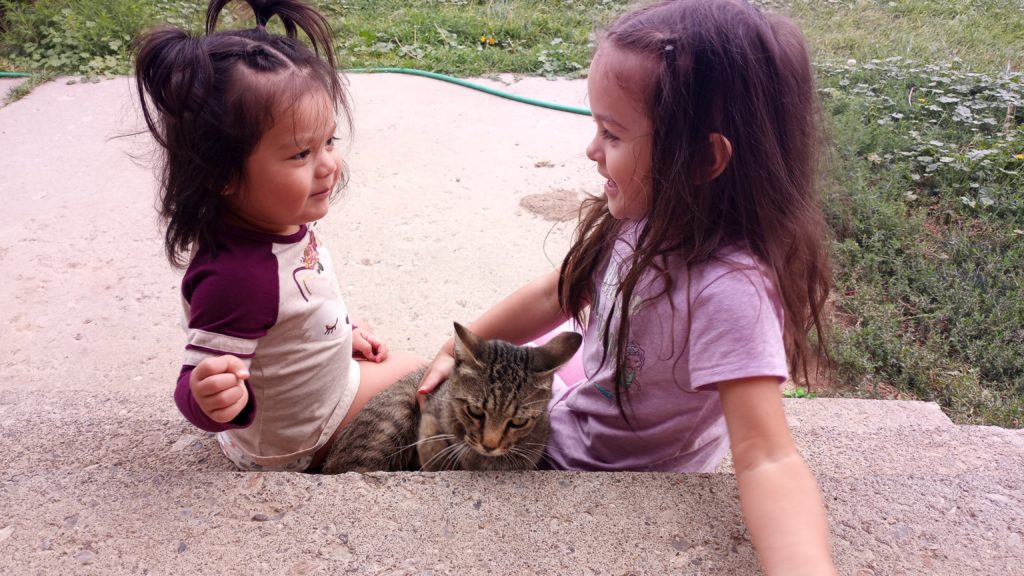
Language:
Children learn to use and understand prepositions to in either hearing and following directions or in giving directions as to where an object or person is located.
Cognitive:
Spatial Awareness is the ability to to know where we are in space in relations to the objects around us. It involves around cognitive concepts such as distance, direction and location.
Literacy:
Literacy refers in part to the ability to read. Reading requires the reader to know where to begin reading and in what direction to read the words.
Mathematics:
Geometry in particular requires students to have an understand of shapes and how they can be turned, and flipped.
Science and Technology:
One of my Granddaughter’s favorite games is on an app called Starfall. It is practice in coding. She is required to tap up, down, right, and left arrows to move a block through a maze to a specified spot. It requires her to understand which direction to move, and how far to move in each direction.
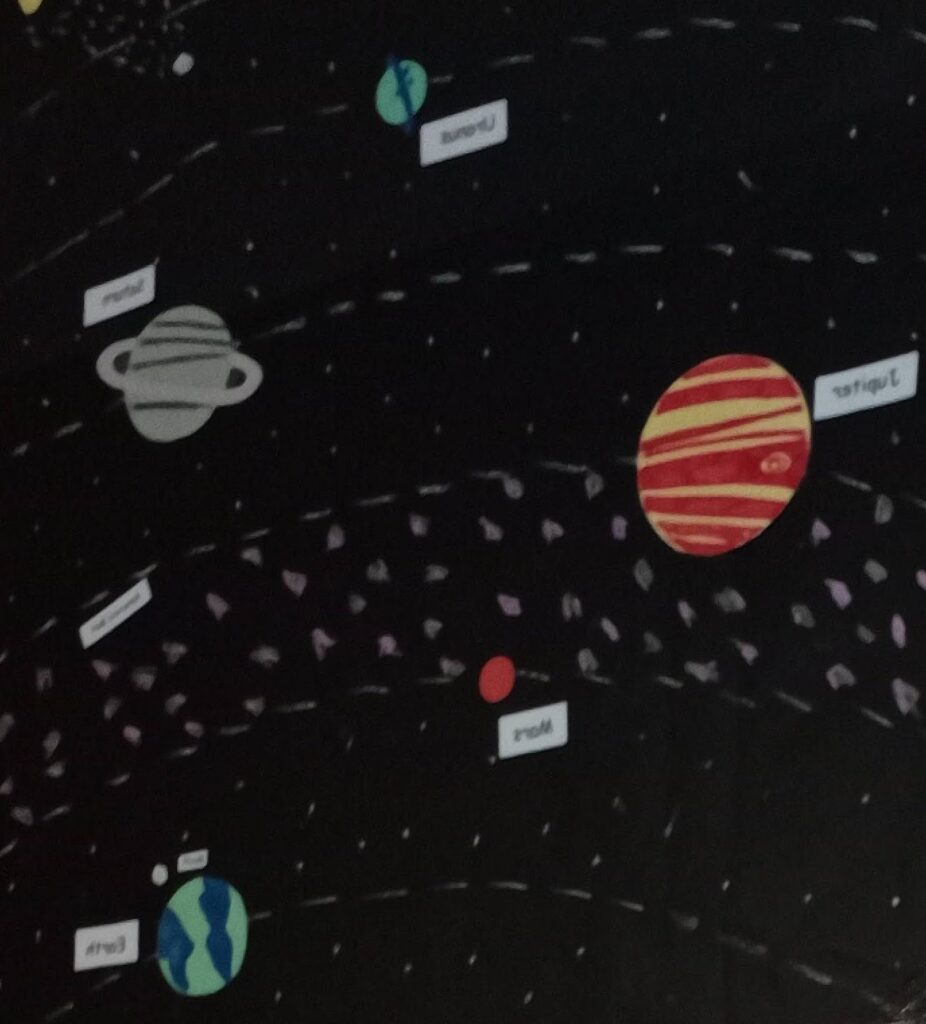
Social Studies:
Social Studies in preschool teaches kids about themselves. Everything from their “Head, shoulders, knees and toes” to their place on the map. I title one of my bulletin boards, “My Place in Space”. Kids love space and planets. I have a map of our solar system, then a map of the world, a map of the United States, a map of our state, a map of our town, and our school. All of these help kids to understand more about spatial awareness.
The Arts:
Music, in particular the performance of music either singing or playing an instrument requires students to be aware of the other performers and work together to sing or play together and not go too slow or too fast. Dance, requires students to be aware of their surroundings as they dance around the room. Art, teaches students about the space on their paper or project and how to plan and use the space most effectively.
Who needs Extra Help?
Most children learn spatial awareness skills naturally as they navigate the world around them. However, some children need extra help and direct instruction for them to develop spatial awareness skills. Have you ever noticed those children who tend to bump into things, who can’t stay in their own space, and who get their faces too close to others when they are talking or laughing? These are generally the kids who need some extra direction. Teaching children about personal space and exactly how close is too close to another person. Making sure to provide many opportunities to practice moving in different ways and directions, using prepositions to explain an object or person’s location, and providing many opportunities to practice moving around objects or people will help those kids we see that tend to bump into everything and everyone. Notice the children who either use very little of the page in completing an art project or who can’t stay on the page.
